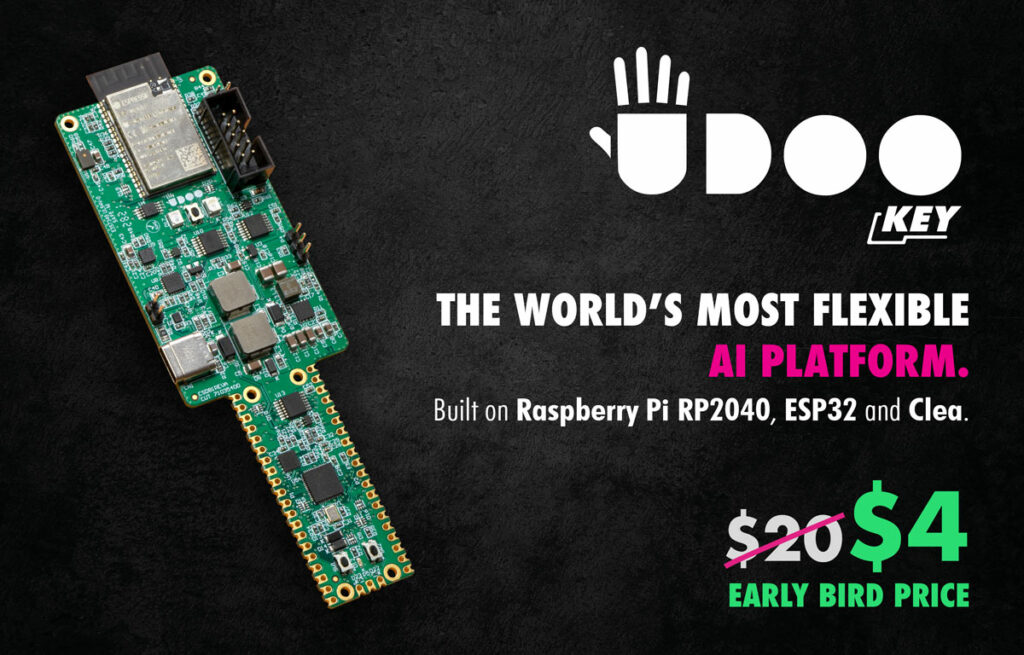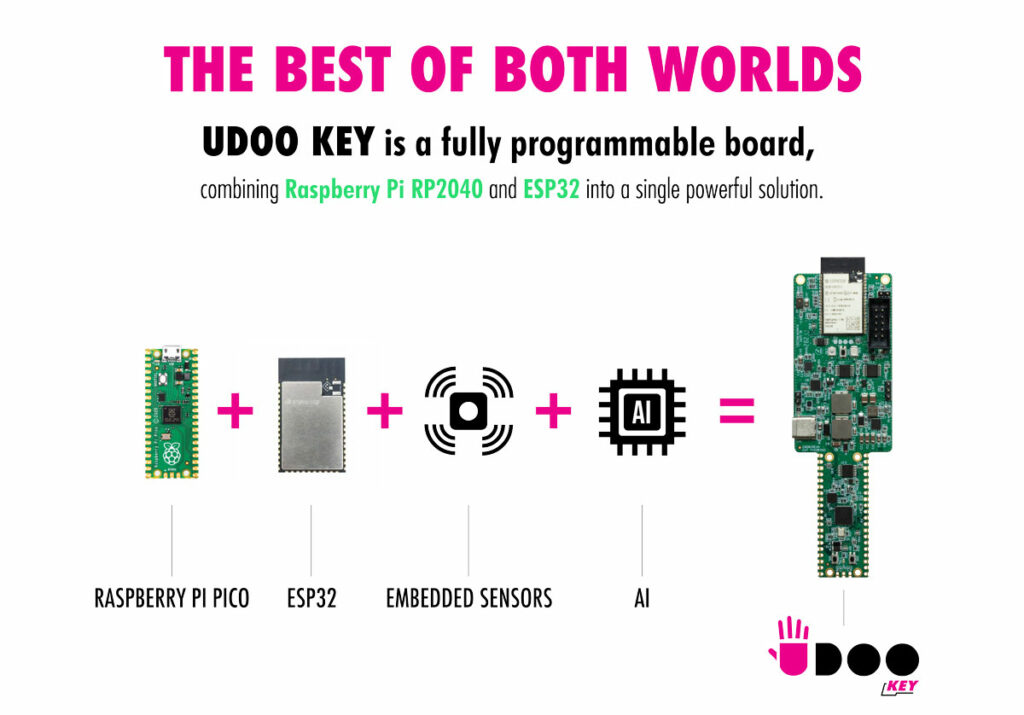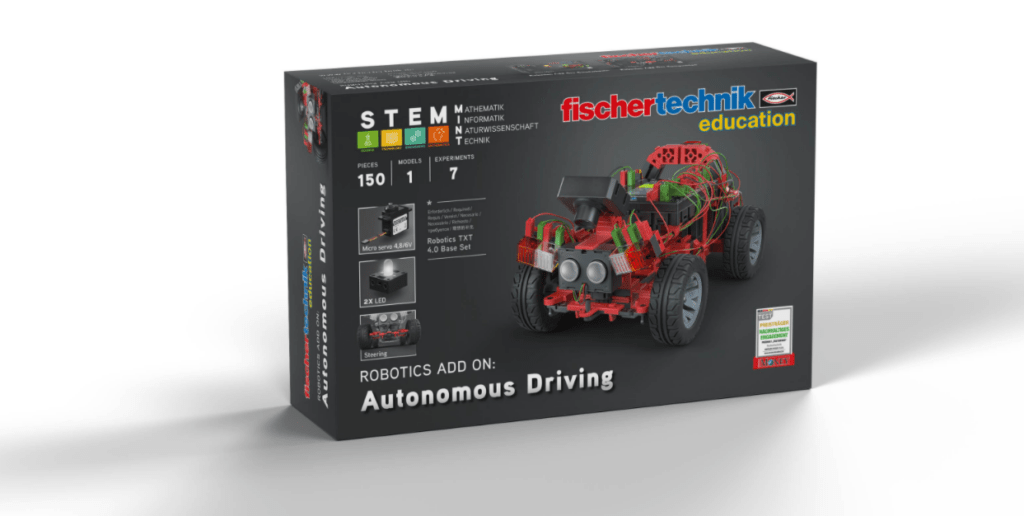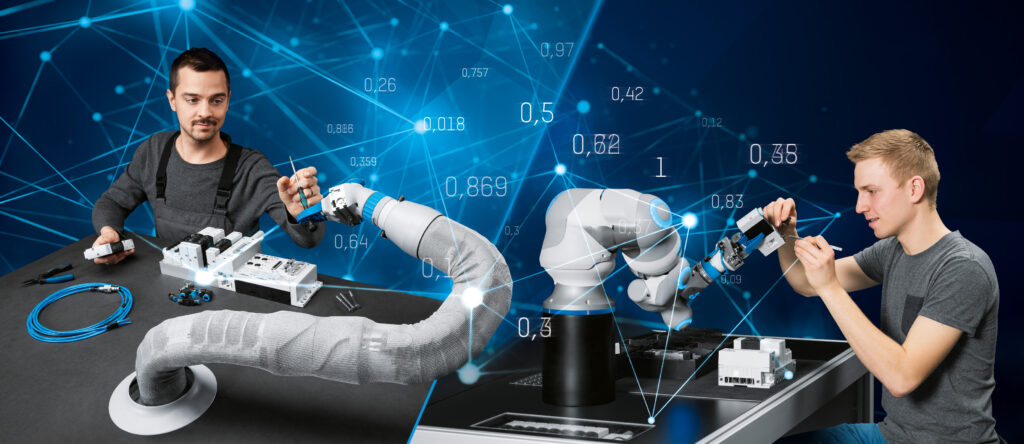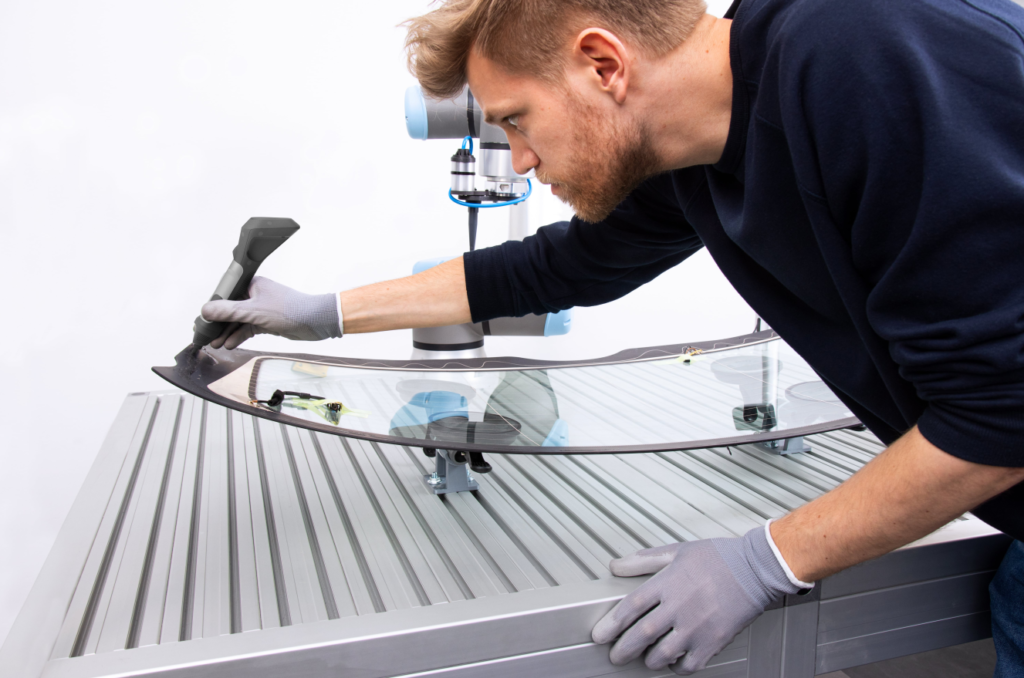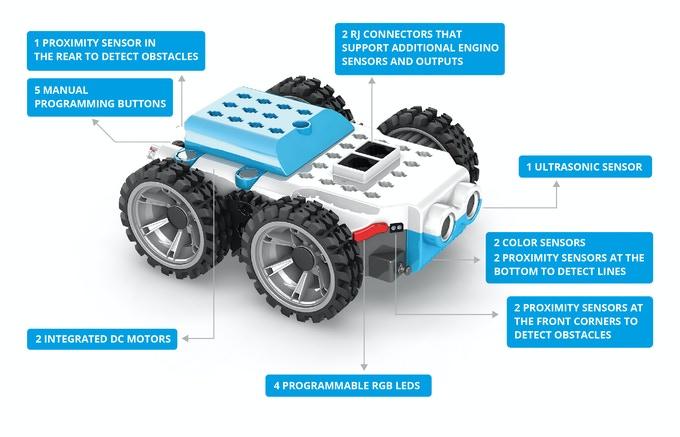Seit rund vier Jahren arbeiten das Fraunhofer-Institut für Intelligente Analyse- und Informations-systeme IAIS und die Dr. Hans Riegel-Stiftung im Rahmen ihrer Projekte »Open Roberta®« und »TouchTomorrow« zusammen, um junge Menschen für Coding & Co. zu begeistern. Das jüngste Ergebnis der Zusammenarbeit ist die erste 3D-Simulation des humanoiden Roboters NAO für die Open-Source-Plattform »Open Roberta Lab«. NAO ist mit Anschaffungskosten von mehreren tausend Euro im Vergleich zu anderen Mikrocontrollern und Hardware-Systemen wie Calliope mini oder LEGO Mindstorms sehr teuer und deshalb in Privathaushalten oder auch in Schulen kaum vertreten. Ab sofort haben Open-Roberta-Fans die Möglichkeit, die anschaulichen Programmiermöglichkeiten des NAO in einer 3D-Simulation auszuprobieren und zu erlernen. Schon jetzt ist das Open Roberta Lab in mehr als 20 Sprachen verfügbar und wird in über 100 Ländern von ca. 500 000 Personen pro Monat genutzt – mit dem 3D-Roboter steigt die Attraktivität der Programmierplattform um ein weiteres Highlight.
Das »Open Roberta Lab« ist eine frei verfügbare grafische Programmierplattform, die das Programmieren lernen leicht macht. Auf der Open-Source-Plattform der Initiative »Roberta® – Lernen mit Robotern« des Fraunhofer IAIS erstellen selbst Neulinge im Handumdrehen erste Programme per »drag and drop«. Die Besonderheit: Im Open Roberta Lab erwachen reale Roboter und Mikrocontroller zum Leben. »Hands-on« erlernen Nachwuchs-Programmiererinnen und -Programmierer die Grundlagen des Codens und entdecken spielerisch die unzähligen Möglichkeiten, die die Welt der Technik und Naturwissenschaften für sie bereithält.
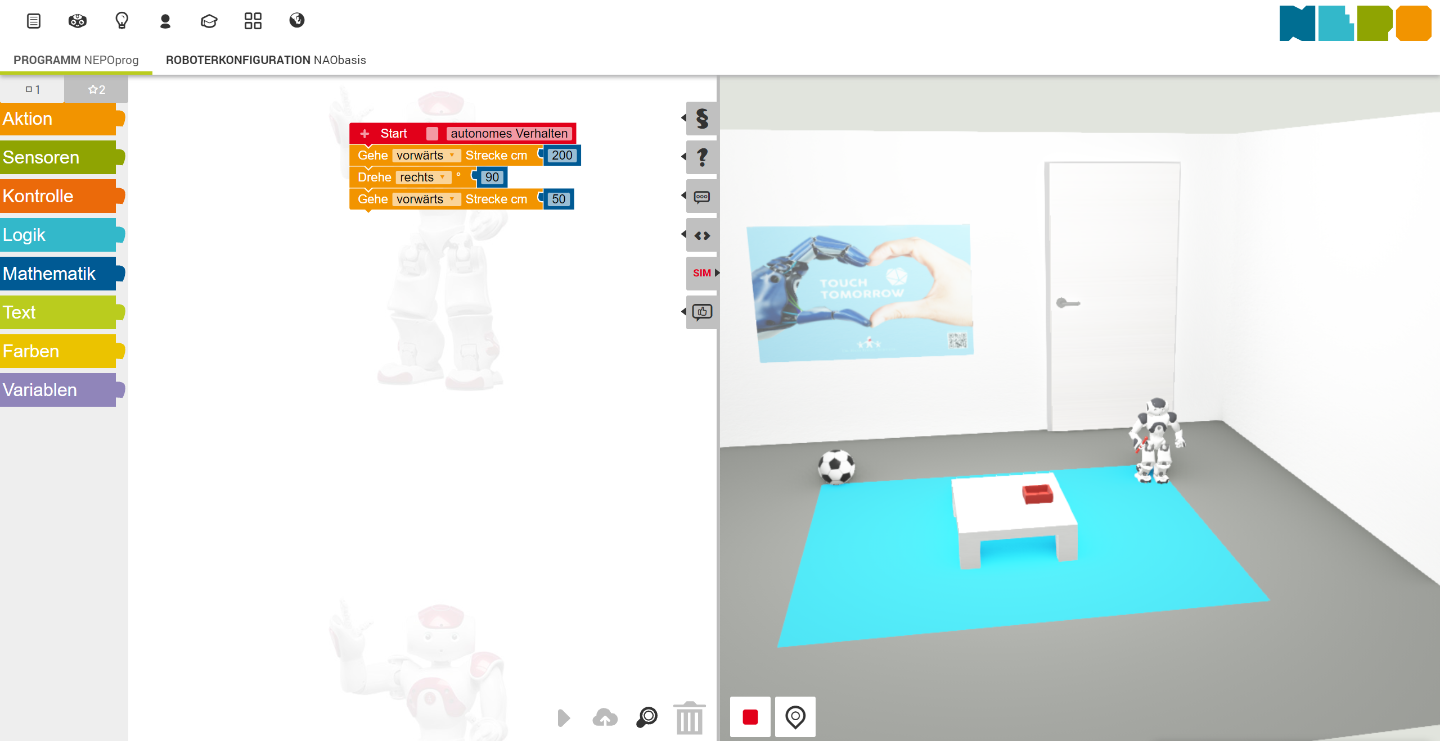
Unter den aktuell 14 Roboter- und Hardware-Systemen, die im Open Roberta Lab programmiert werden können, ist der humanoide Roboter NAO mit seinen 25 Bewegungsgraden, umfangreicher Sensorik und einem Kaufpreis von mehr als 5000 Euro die komplexeste und teuerste Variante. Gleichzeitig ist es natürlich besonders spannend, einen humanoiden Roboter programmieren zu können. Aus diesem Grund haben das Fraunhofer IAIS und Dr. Hans Riegel-Stiftung nun eine erste 3D-Simulation für die Plattform integriert, so dass sich die Nutzer*innen auch ohne teure Hardware die Resultate ihrer Programmierungen in einer detaillierten Simulation anschauen können. Dies soll u. a. zusätzliche Erfolgserlebnisse ermöglichen und damit die Motivation steigern.
Das erste Tutorial mit 3D-Simulation steht ab sofort auf https://lab.open-roberta.org/ zur Verfügung.
Weitere Kooperationen von Fraunhofer IAIS und Dr. Hans Riegel-Stiftung
Begonnen hat die Zusammenarbeit im Rahmen der Entwicklung des »TouchTomorrow-Trucks« der Dr. Hans Riegel-Stiftung, der bundesweit an Schulen fährt, um Schülerinnen und Schüler durch das Erleben und Ausprobieren von Zukunftstechnologien für Bildungs- und Berufswege im MINT-Bereich (Mathematik, Informatik, Naturwissenschaft, Technik) zu begeistern. Eine von acht Themenstationen im Truck befasst sich mit humanoiden Robotern. Schülerinnen und Schüler können dort dank mehrerer vom Fraunhofer IAIS entwickelter Tutorials einen echten NAO-Roboter programmieren. Neben dem Truck sind in den vergangenen Jahren weitere Angebote entstanden: u. a. »TouchTomorrow-Teaching« mit Unterrichtsmaterial und Fortbildungen für Lehrkräfte, »TouchTomorrow-Stream« als Livestream-Dialogformat für Distanz-Lehranlässe wie Covid-19 und das »TouchTomorrow-Lab« im Deutschen Museum Bonn.
Das Deutsche Museum Bonn ist einer von fünf »Open Roberta Coding Hubs« in NRW. Dies sind außerschulische Lernorte, die mit Hardware wie Robotern und Laptops ausgestattet und deren Personal vom Roberta-Team des Fraunhofer IAIS vor Ort zu Roberta-Teachern ausgebildet werden. Das TouchTomorrow-Lab im Deutschen Museum Bonn bietet eine ideale Kulisse für die diversen Workshops in diesem Kontext.
Beate Jost, Technische Leiterin der Roberta-Initiative und Wissenschaftlerin am Fraunhofer IAIS: »Wir freuen uns, dass unsere langjährige Kooperation mit der Dr. Hans Riegel-Stiftung nun in eine neue Phase geht. Mit der neuen NAO-Simulation haben Programmier-Fans und vor allem Schulen ab sofort die Gelegenheit, spannende Experimente mit humanoiden Robotern auszuprobieren, ohne dafür gleich tief in die Geldbörse greifen zu müssen.«

